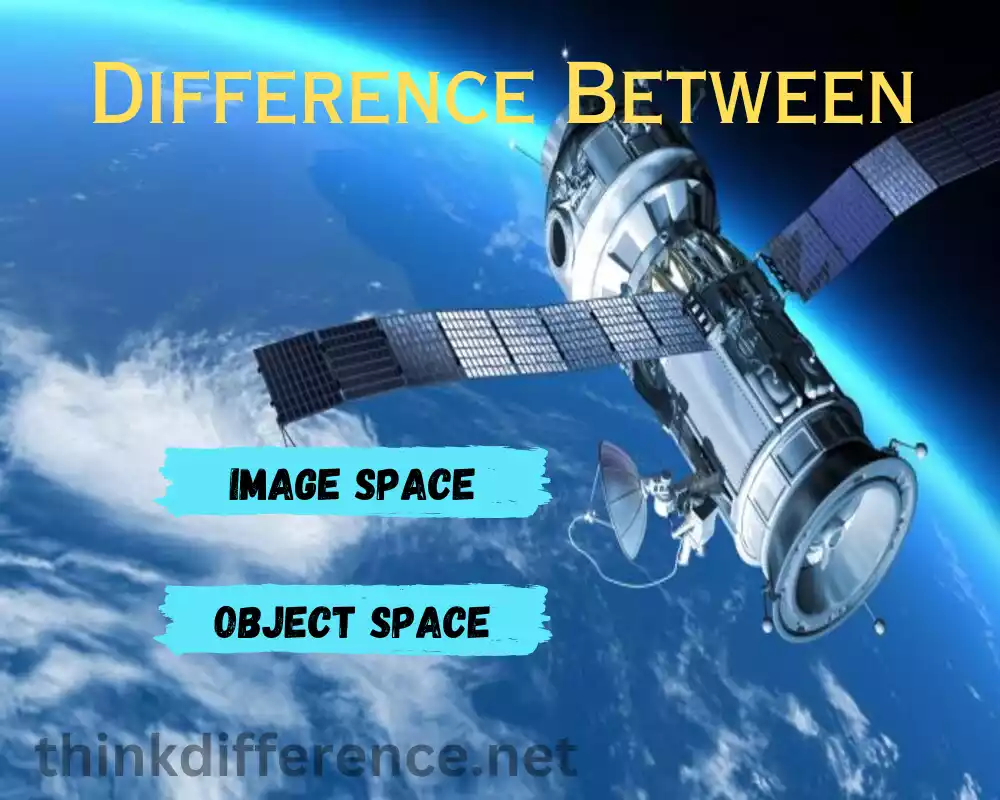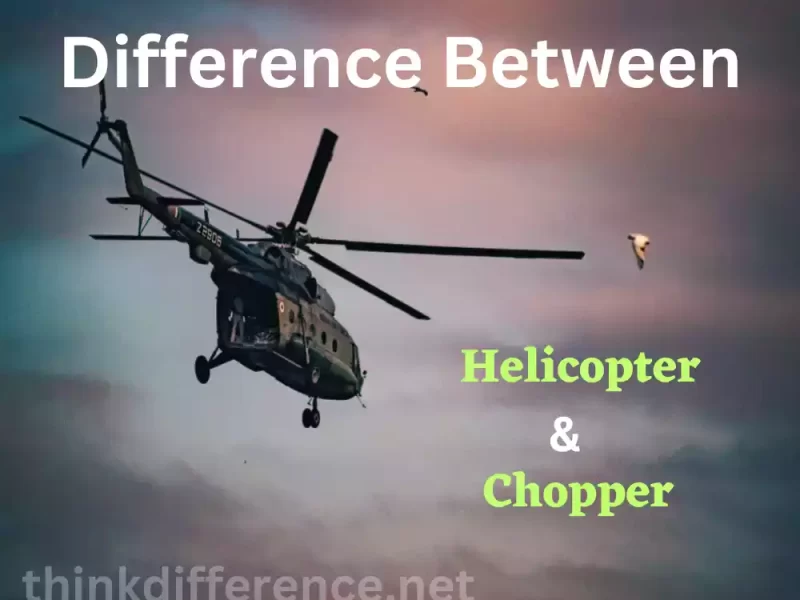Image Space and Object Space are integral elements of computer graphics environments. By understanding their differences and uses in creating stunning computer-generated content, developers, and artists are empowered to craft real and realistic computer-generated imagery. We will discuss in this article both their fundamental uses as well as any challenges or optimization strategies for each space type.
What is Image Space?
Image Space refers to two-dimensional representations of objects taken from one viewpoint or camera angle, often an angle similar to a photograph’s LCD screen or photographs. Image Space projects 3D scenes onto two-dimensional surfaces similar to computer LCD screens or photographs and represents them with pixels placed grids where every pixel represents exactly where in space an object exists to where else on a scene it belongs.
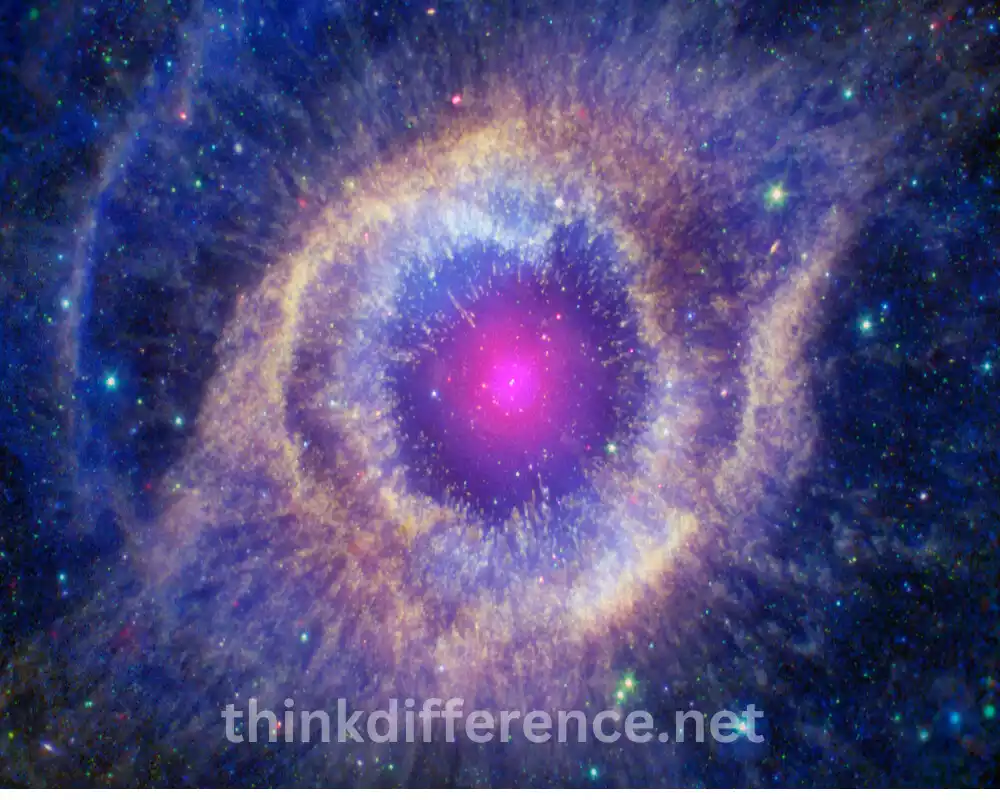
Image Space’s characteristics include its dependence upon both the observer’s perspective and the projection method used. Different projection methods or viewpoints could produce different images from an identical scene taken at various distances and angles – for instance taking pictures at angles may result in different versions being produced from one image taken directly ahead.
Image Space employs a coordinate system with two axes–X and Y–to locate objects within images. Pixel placement within this coordinate system depends upon hue or intensity values for optimal display. These pixels combine into an overall representation of an image.
Image Space has applications across numerous fields, such as computer graphics and image processing/photography. It enables digital image manipulation/rendering as well as visually realistic effects simulations and data analyses of visual imagery.
What is Object Space?
Object Space refers to a 3D representation of objects as they exist in real life, without regard for projection or viewpoint. It’s an abstract mathematical or geometric representation that represents objects as they would exist without regard for specific projections or viewpoints.
Object Space describes objects by their intrinsic properties such as size, position shape orientation and shape. It describes both spatial connections between objects as well as their absolute locations in a three-dimensional coordinate system.
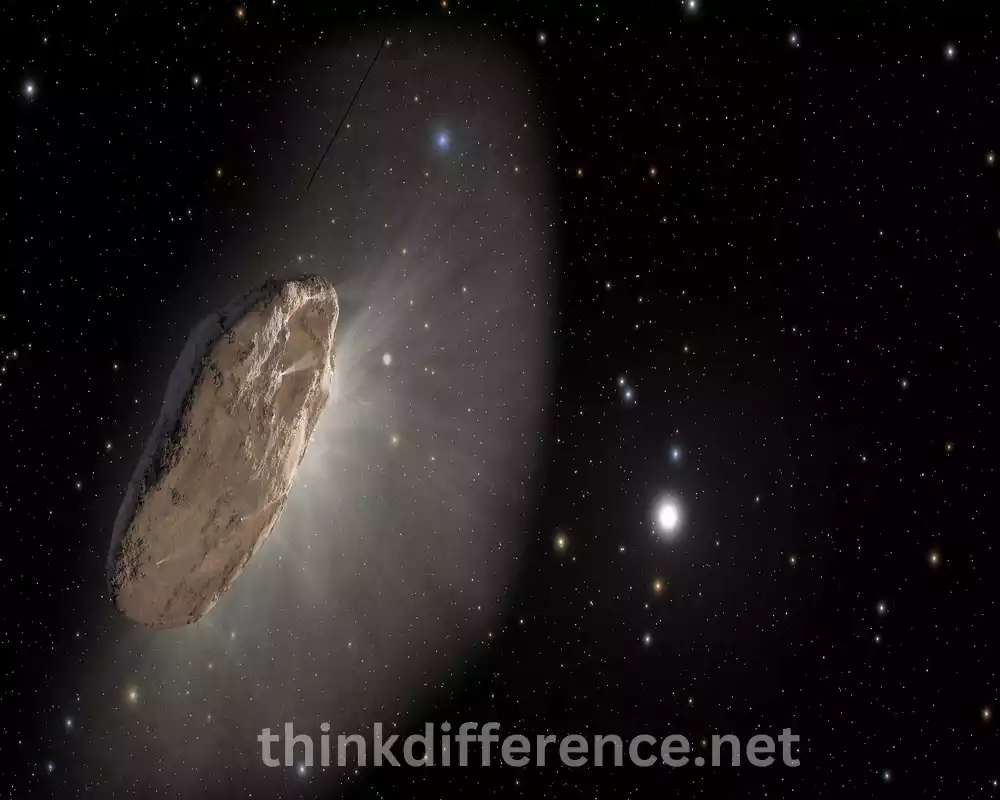
Contrasting with Image Space, which can vary depending on how it’s perceived by viewers, Object Space remains consistent no matter who views or perceives it. It offers a more accurate representation of reality by depicting objects’ exact dimensions and physical attributes more accurately.
Object Space is widely employed across fields including computer graphics and robotics, virtual reality, engineering, and architecture. As the basis of simulation and modeling systems that create virtual models in three-dimensional space, object Space representations are employed for tasks such as 3-D rendering and spatial analysis; collision detection; physical simulations etc.
Working with objects in Object Space enables transformations such as translations, rotations, and scaling to modify their positions and orientation. Such transforms are integral for tasks like animation, object interaction, and spatial thinking.
Object Space offers an objective visualization of objects and their spatial relationships, enabling a broad variety of applications across many domains.
Differences between Image Space and Object Space
There are several key differences between Image Space and Object Space. These differences can be categorized based on perspective and projection, dimensionality, spatial relationships, transformation and manipulation, and visualization and rendering techniques.
Let’s explore each of these aspects:
1. Perspective and Projection:
- Image Space: Image Space is viewpoint-dependent and projection-dependent. The image seen in Image Space is determined by the position and orientation of the observer or camera and the projection method used.
- Object Space: Object Space is viewpoint-independent and projection-independent. It represents objects in their original form, unaffected by the observer’s viewpoint or the projection method.
2. Dimensionality:
- Image Space: Image Space is two-dimensional, consisting of pixels arranged in a grid. It represents objects as they appear on a flat surface.
- Object Space: Object Space is three-dimensional, representing objects in their true spatial form with height, width, and depth.
3. Spatial Relationships:
- Image Space: In Image Space, spatial relationships between objects may not accurately reflect their true positions or distances. Overlapping objects or occlusions can affect the appearance and relationships within the image.
- Object Space: Object Space accurately represents the spatial relationships between objects, maintaining their true positions and distances.
4. Transformation and Manipulation:
- Image Space: Manipulating objects in Image Space typically involves operations like image cropping, resizing, or applying filters. These manipulations affect the appearance of the pixels in the image.
- Object Space: Manipulating objects in Object Space involves transformations like rotations, translations, and scaling. These transformations modify the object’s position, orientation or size in the three-dimensional space.
5. Visualization and Rendering Techniques:
- Image Space: Visualization and rendering techniques in Image Space focus on generating a visually appealing and realistic representation of the scene from the observer’s viewpoint. Techniques like shading, texture mapping, and lighting are commonly used.
- Object Space: Visualization and rendering techniques in Object Space involve techniques such as wireframe rendering, solid modeling, and ray tracing, which emphasize the accurate representation of the object’s geometry and spatial relationships.
Knowledge of Image Space and Object Space distinctions is integral for applications spanning across computers, graphics and computer vision simulation, virtual reality, and analysis of data. Being able to discern between these two areas allows one to apply appropriate techniques and methodologies tailored specifically for the task at hand.
Importance of Image Space and Object Space in Computer Graphics
Both Image Space and Object Space play vital roles in computer graphics, and understanding their importance is crucial for creating realistic and visually appealing virtual environments.
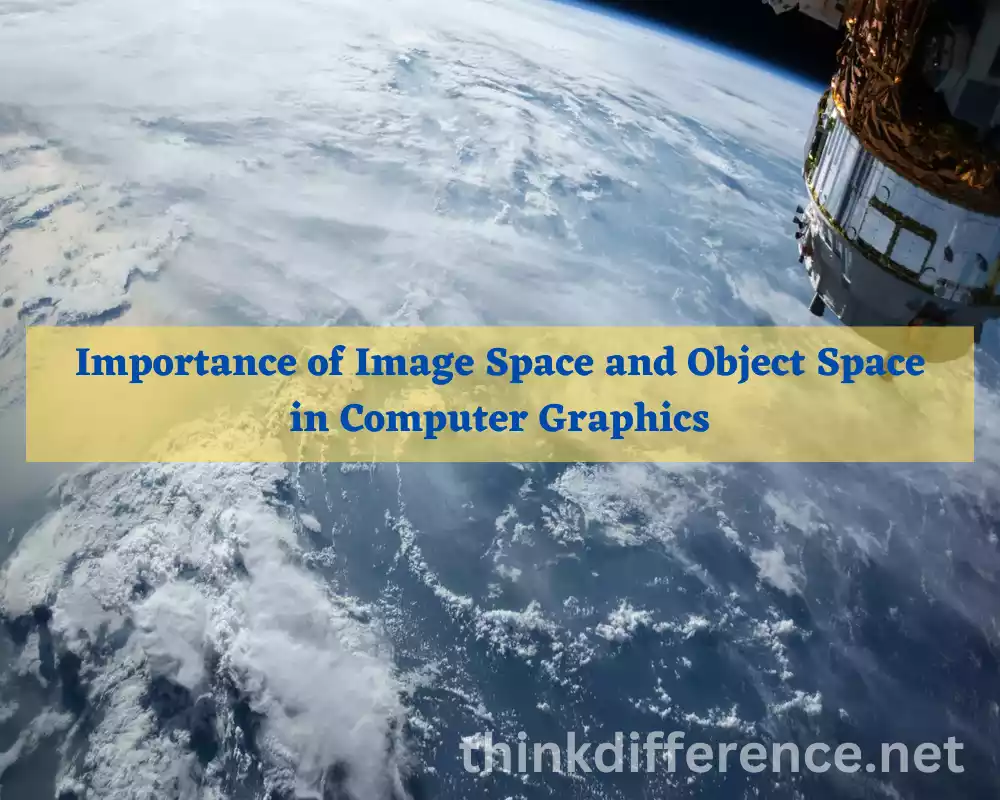
Here are some key reasons why Image Space and Object Space are essential in computer graphics:
- Image Generation: Image Space is the final output space where rendered images are displayed. It is the visual representation of the virtual scene presented to the viewer. Techniques such as shading, texture mapping, and lighting are applied in Image Space to create realistic and visually appealing images.
- Rendering Techniques: Object Space provides the geometric representation of objects, including their positions, shapes, and orientations. Rendering techniques, such as ray tracing or rasterization, utilize Object Space to determine how objects interact with light sources and the camera, leading to the generation of accurate and realistic images in Image Space.
- Perspective Projection: Image Space relies on perspective projection to create a sense of depth and mimic how objects appear to the human eye. By projecting objects from Object Space onto Image Space with perspective, realistic views are obtained, accounting for foreshortening and depth cues.
- Transformation and Animation: Object Space enables transformations and animations of virtual objects. By manipulating objects in Object Space through transformations like rotations, translations, and scaling, their positions and orientations change, resulting in dynamic and interactive scenes. These transformations are then applied during the rendering process to generate the corresponding changes in Image Space.
- Spatial Relationships and Occlusion: Object Space captures the spatial relationships between objects accurately, allowing for correct occlusion and object interactions. This information is crucial for generating visually realistic scenes and performing tasks such as collision detection or object culling in computer graphics.
- Real-time Interactions: Both Image Space and Object Space are essential for real-time interactions in computer graphics applications, such as video games or virtual simulations. Object Space facilitates dynamic updates to the position and state of objects, while Image Space provides immediate visual feedback to the user.
By leveraging the distinctions and properties of Image Space and Object Space, computer graphics practitioners can create immersive, realistic and interactive visual experiences. The accurate representation of objects in Object Space and their rendering in Image Space are fundamental to achieving high-quality graphics and delivering compelling virtual environments.
Challenges and Limitations in Image Space and Object Space
Image Space and Object Space are integral concepts in graphic design, both present their own set of issues and constraints. We’ll look at common challenges associated with each space:
1. Challenges and Limitations in Image Space:
- Loss of Depth Information: Image Space is a two-dimensional representation of a three-dimensional scene. Depth information may become obscured or lost altogether and it becomes difficult to recognize their spatial relationship within the scene.
- Limited Field of View: The field of view in Image Space is limited to the frame or viewport through which the scene is observed. This limitation can result in objects or details outside the frame being truncated or entirely omitted, potentially leading to incomplete representations.
- Aliasing and Pixelation: Image Space is composed of pixels, and when objects are rendered at a smaller scale or have fine details, aliasing and pixelation artifacts can occur, resulting in a loss of image quality and smoothness.
- Lighting and Shading Limitations: Accurately simulating complex lighting effects in Image Space can be challenging. Techniques such as shadowing, global illumination or realistic material rendering may require significant computational resources or advanced algorithms to achieve high-fidelity results.
2. Challenges and Limitations in Object Space:
- Computational Complexity: Working in Object Space with large and complex scenes can be computationally intensive. Executing complex operations such as ray tracing collision detection and transformation on thousands of objects requires time and resources that may prove scarce.
- Memory Requirements: Representing and storing objects in Object Space requires memory resources, especially for detailed or highly tessellated models. Memory restrictions may prevent us from creating complex scenes with all their details or complexity.
- Object Intersections and Occlusion: Object Space accurately represents the spatial relationships between objects, including intersections and occlusions. Detecting and resolving complex object intersections or occlusions can be computationally challenging, particularly in real-time applications.
- Object Morphology and Topology: Representing complex object morphologies or topologies in Object Space can be demanding. Objects with intricate shapes or non-trivial topologies may require specialized data structures or algorithms to accurately model and manipulate them.
- Viewpoint Independence: While Object Space is viewpoint-independent, this can also be a limitation in certain applications. For tasks that require the generation of specific viewpoints or rendering from a particular perspective, additional transformations or projections are necessary to convert Object Space representations into Image Space.
Understanding these challenges and limitations is crucial for practitioners working in computer graphics. By recognizing these constraints, researchers and developers can explore innovative techniques and algorithms to overcome these limitations and improve the quality, realism and efficiency of rendering and interaction in both Image Space and Object Space.
Applications of Image Space and Object Space
Image Space and Object Space find applications in various domains, including computer graphics, virtual reality, computer vision and simulation. Let’s explore some of the key applications of both spaces:
Applications of Image Space:
- Computer Graphics: Image Space is essential in computer graphics for rendering and visualizing virtual scenes. It enables the generation of realistic images by applying shading, texture mapping, lighting models and other visual effects.
- Image Processing: Image Space plays a crucial role in image processing tasks such as image enhancement, filtering, compression and restoration. It allows for the manipulation and analysis of digital images to improve their quality, extract information or prepare them for further analysis.
- Computer Vision: In computer vision, Image Space is used for tasks such as object detection, recognition, tracking, and segmentation. By analyzing the visual information in images, computer vision systems can interpret and understand the content of the scene.
- Augmented Reality: Image Space is employed in augmented reality applications to overlay virtual objects or information onto real-world images or video. It allows for the seamless integration of virtual and real elements, enhancing the user’s perception and interaction with the environment.
Applications of Object Space:
- Computer-Aided Design (CAD): Object Space is extensively used in CAD systems for designing and modeling 3D objects. It enables precise control over object geometry, spatial relationships and physical properties, facilitating the creation of detailed and accurate models.
- Virtual Reality: Object Space is vital in virtual reality applications for creating immersive virtual environments. By representing objects in their true three-dimensional form, Object Space allows users to interact with and navigate through virtual worlds.
- Robotics and Simulations: Object Space is employed in robotics for tasks such as robot path planning, collision detection and object manipulation. It enables the accurate representation and analysis of objects and their spatial relationships, facilitating intelligent robot behavior and simulation-based testing.
- Physics Simulations: Object Space is used in physics simulations to model and simulate the behavior of physical objects. It allows for the accurate representation of objects’ mass, shape and physical properties, enabling realistic simulations of interactions, dynamics and forces.
- Engineering and Architecture: Object Space is applied in engineering and architecture for designing and analyzing complex structures. It allows for the creation of 3D models, spatial planning and simulations, aiding in the visualization and optimization of architectural designs and engineering systems.
Understanding the applications of both Image Space and Object Space is essential for developing and implementing systems that require realistic rendering, accurate spatial representation and analysis of visual data in various domains.
Techniques for Optimizing Image Space and Object Space
To optimize Image Space and Object Space in computer graphics applications, various techniques can be employed. These techniques aim to improve rendering efficiency, reduce memory consumption, enhance visual quality and enable real-time interactions. Here are some commonly used optimization techniques for both spaces:
Optimization Techniques for Image Space:
- Level of Detail (LOD): LOD techniques dynamically adjust the level of detail in Image Space based on the viewer’s distance and visibility. By rendering fewer details for distant objects, computational resources can be saved without compromising visual quality.
- Occlusion Culling: Occlusion culling techniques allow viewers to identify parts of a scene which have become inaccessible from their point of view, which might otherwise remain hidden behind an obstruction such as foliage. By excluding occluded objects from rendering, unnecessary computations can be avoided, improving rendering performance.
- Bounding Volume Hierarchy (BVH): BVH is a spatial data structure that organizes objects in the scene into a hierarchical tree. It enables efficient culling and intersection tests, reducing the number of objects that need to be processed during rendering or collision detection.
- Image Compression: Image compression techniques reduce the memory footprint and bandwidth requirements for storing and transmitting images in Image Space. Compression algorithms like JPEG or PNG can be applied to balance image quality and file size.
Optimization Techniques for Object Space:
- Spatial Partitioning: Spatial partitioning techniques, such as octrees or spatial hashing, divide the Object Space into smaller regions or cells. This allows for efficient spatial querying, collision detection or visibility determination by operating only on relevant objects within a specific region.
- Level of Detail (LOD): Similar to Image Space, LOD techniques can be applied in Object Space. By using simplified representations or lower-resolution models for distant or less important objects, computational resources can be optimized without sacrificing accuracy.
- Geometry Instancing: Geometry instancing techniques reuse geometric data for multiple instances of the same object. Instead of duplicating the entire object’s geometry, instances share common data, reducing memory consumption and improving rendering performance.
- Object Hierarchy and Culling: Hierarchical object structures, such as scene graphs, can be utilized to organize objects in Object Space. This enables efficient culling and visibility determination by excluding objects that are not visible or outside the viewing frustum.
- Level-of-Detail Mesh Simplification: For complex objects, level-of-detail mesh simplification algorithms can generate lower-polygon representations of objects at different detail levels. This allows for efficient rendering and collision detection by using simplified models when high accuracy is not required.
It’s important to note that the selection and effectiveness of optimization techniques may vary depending on the specific application, hardware capabilities and performance requirements. Balancing optimization with visual quality is crucial to ensure a satisfactory user experience while maximizing efficiency.
Conclusion
Image space and Object space are fundamental concepts in computer graphics and computer vision. Understanding their definitions, representations, and applications is crucial for creating realistic images and developing advanced computer vision systems. As technology progresses, these concepts will play an increasingly important role in shaping the future of visual computing.

